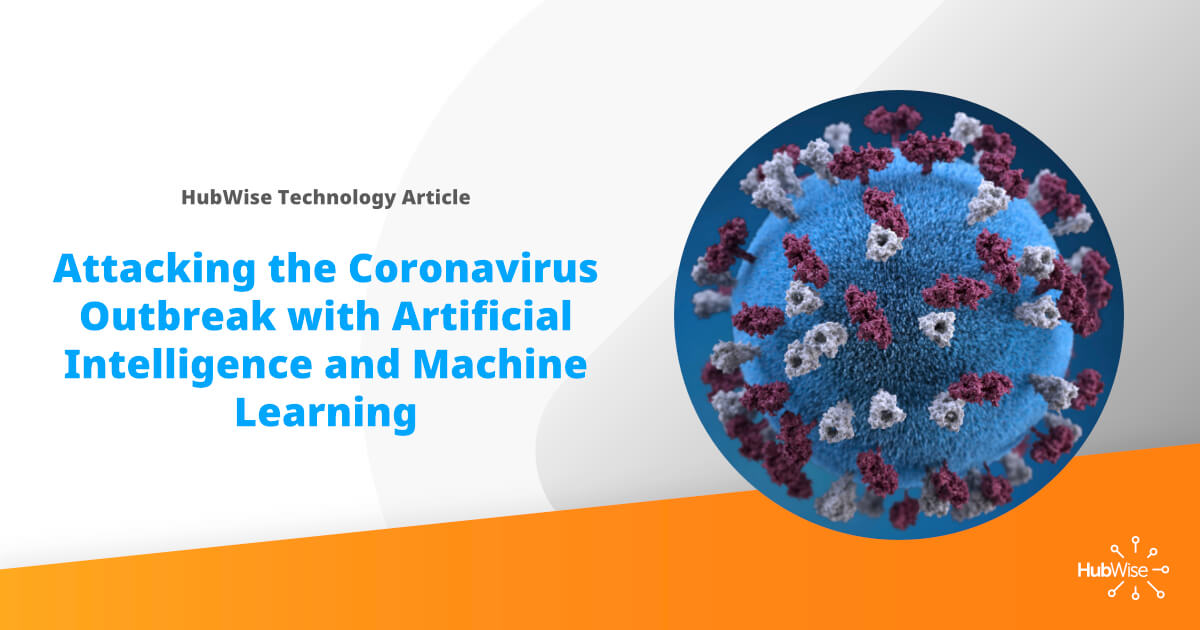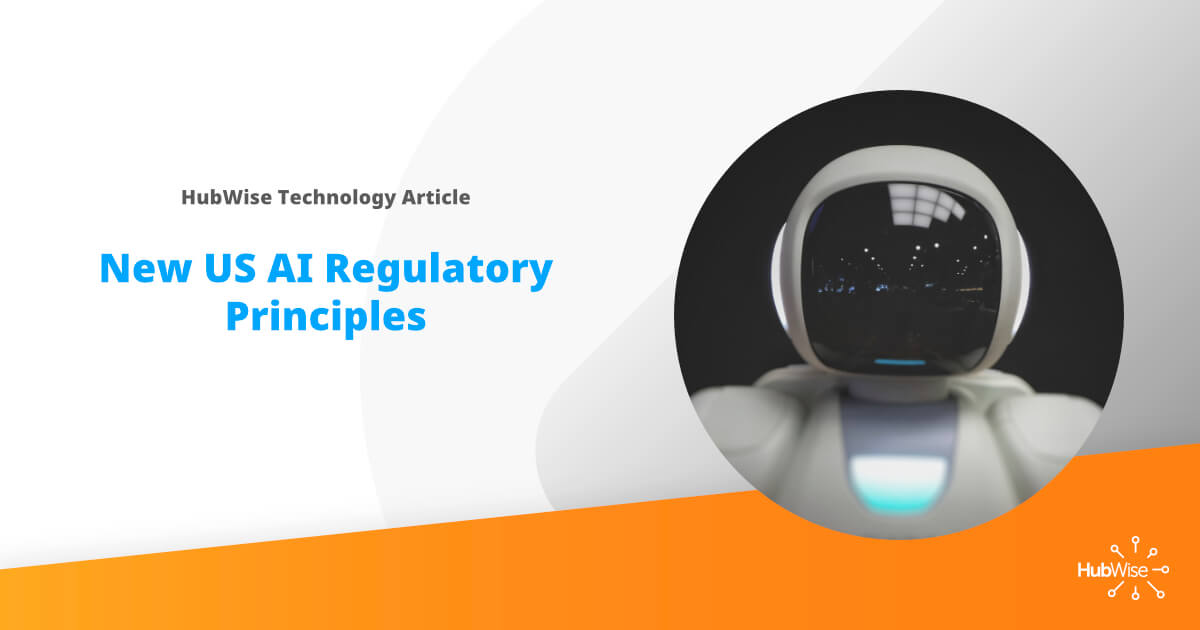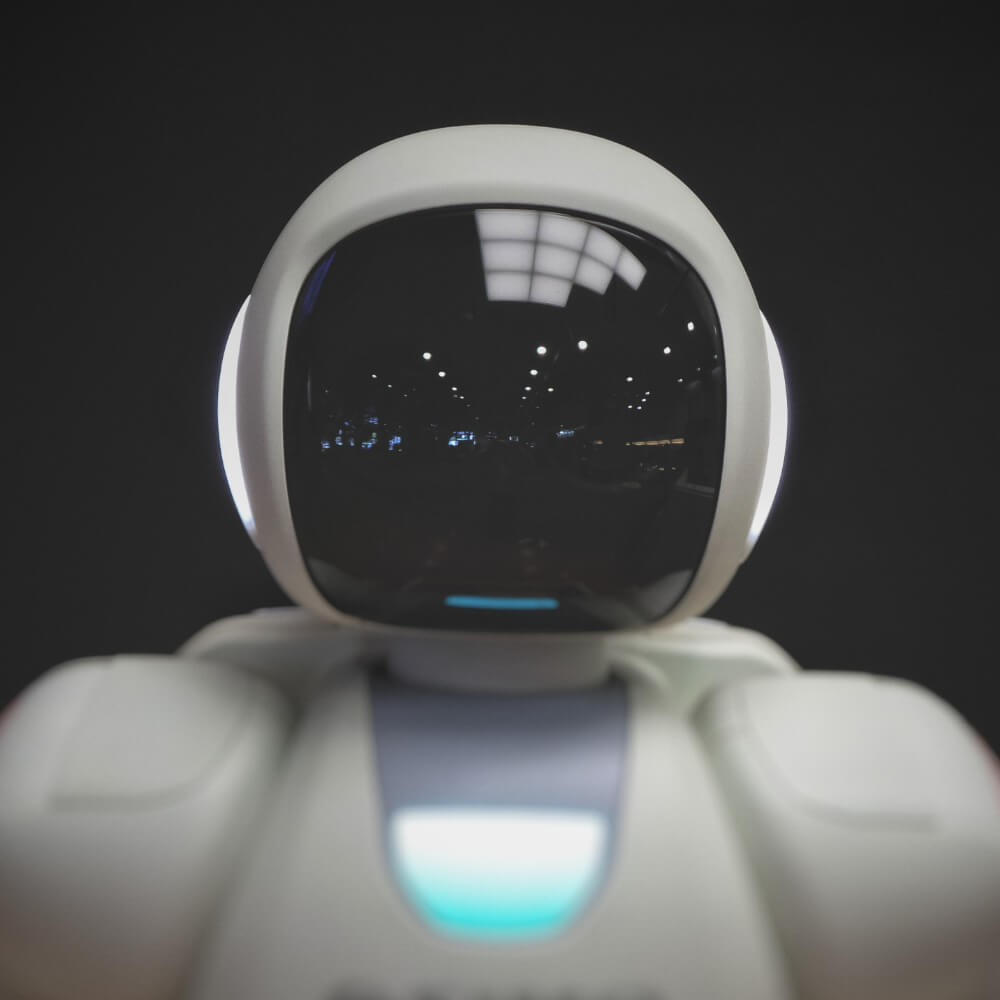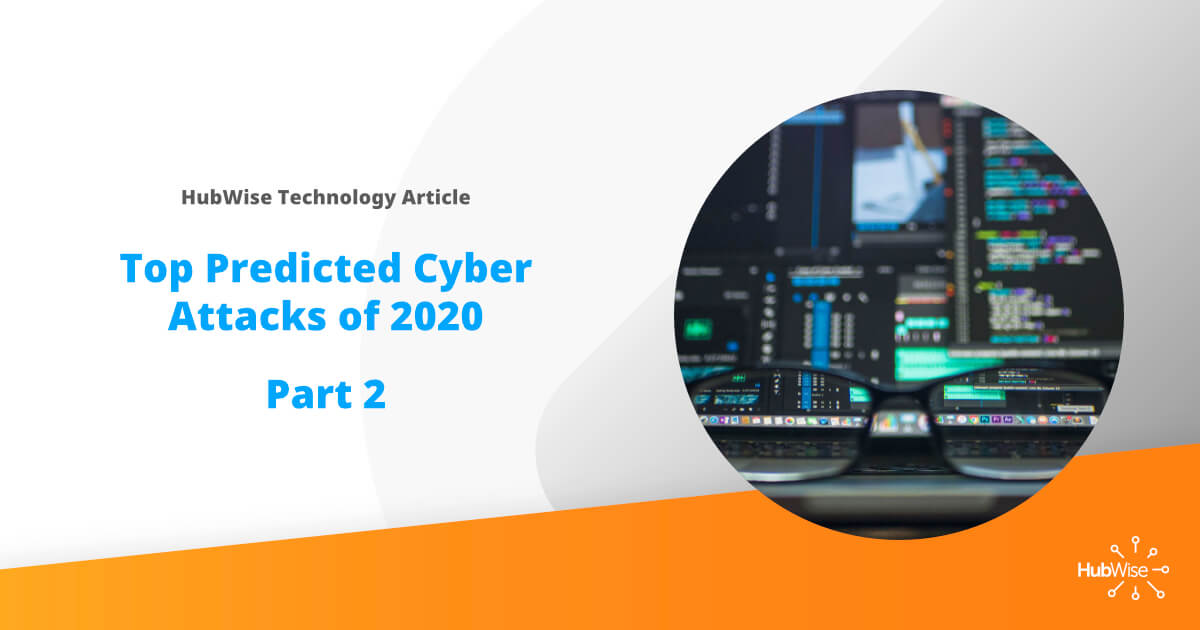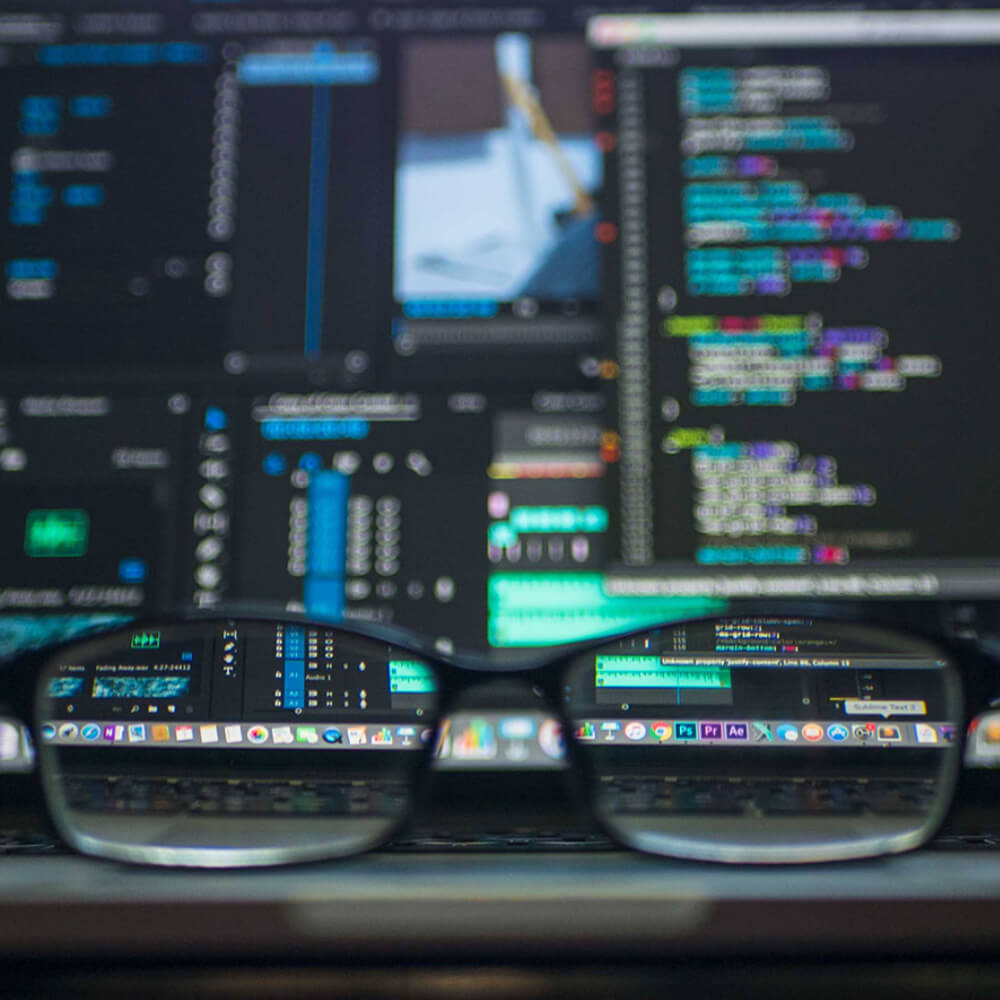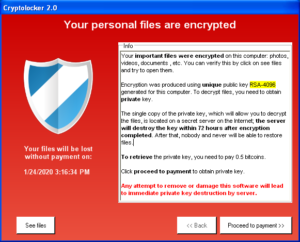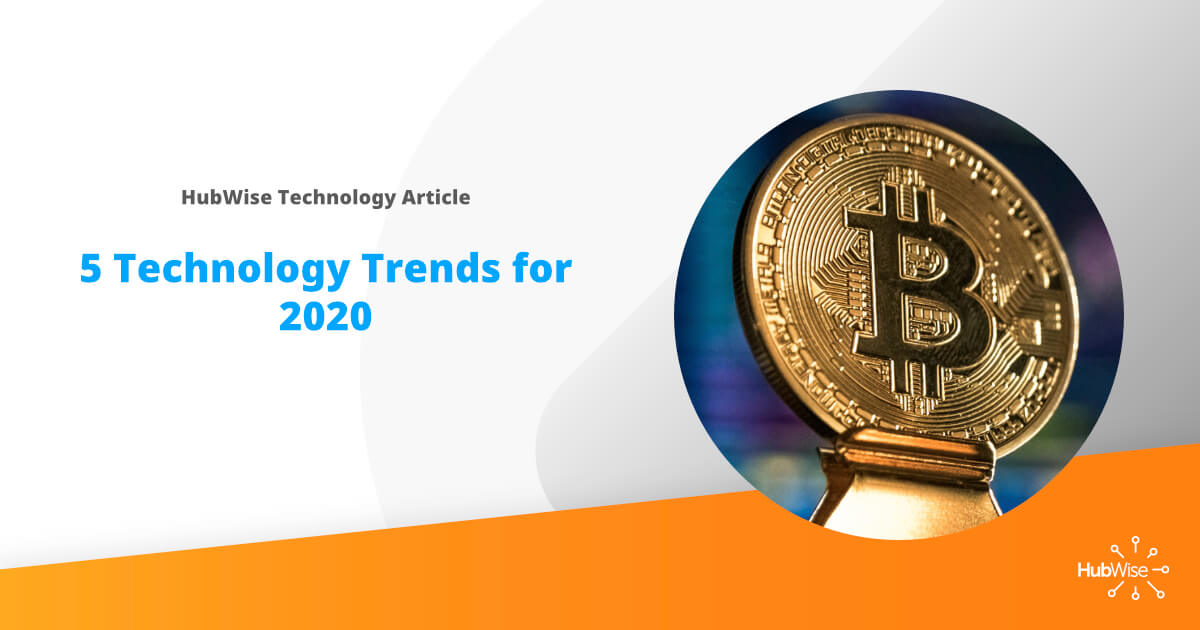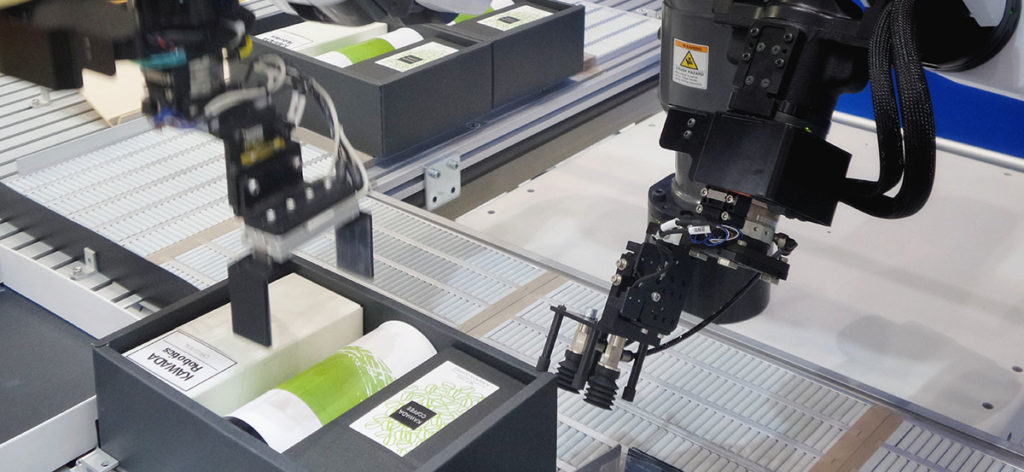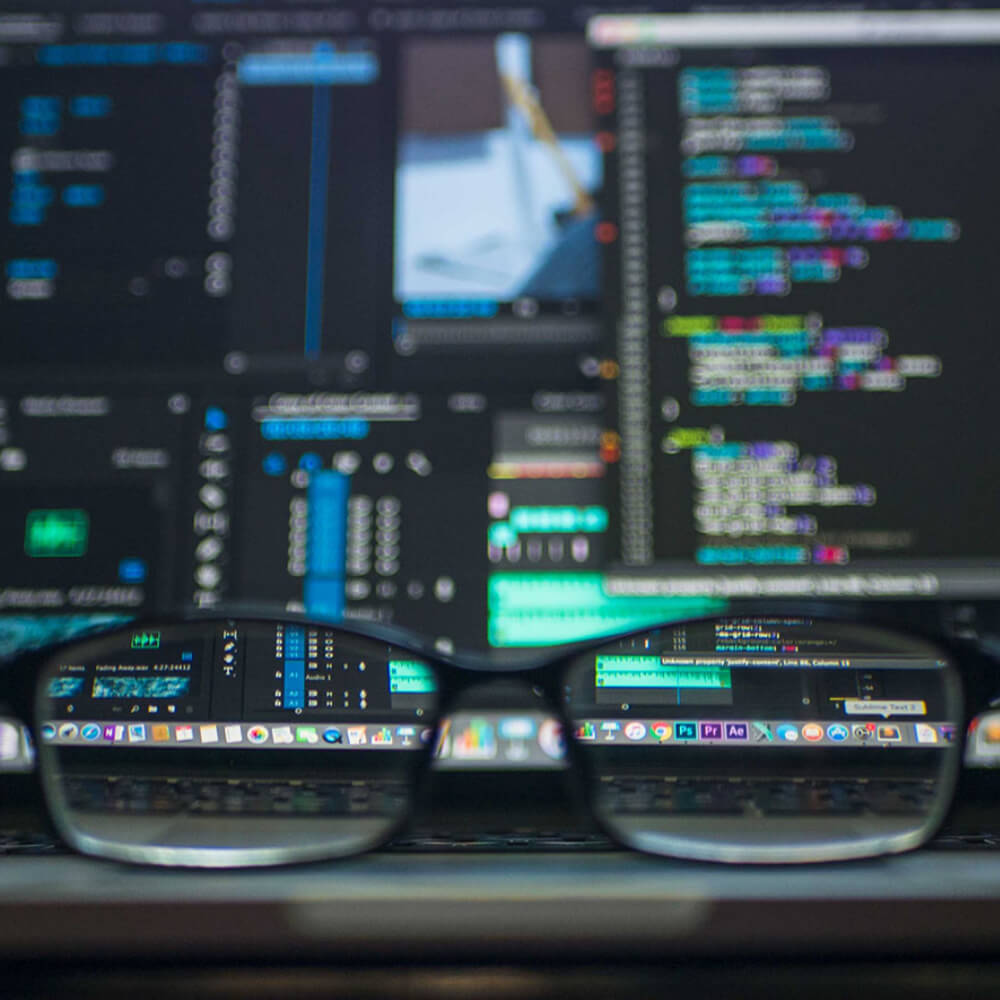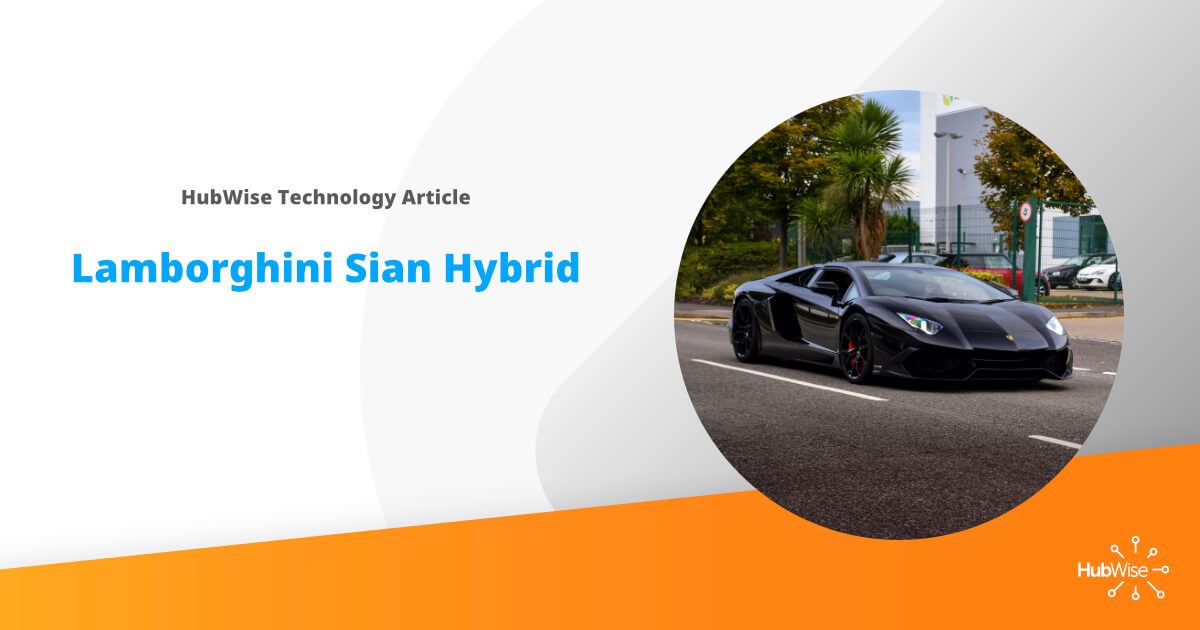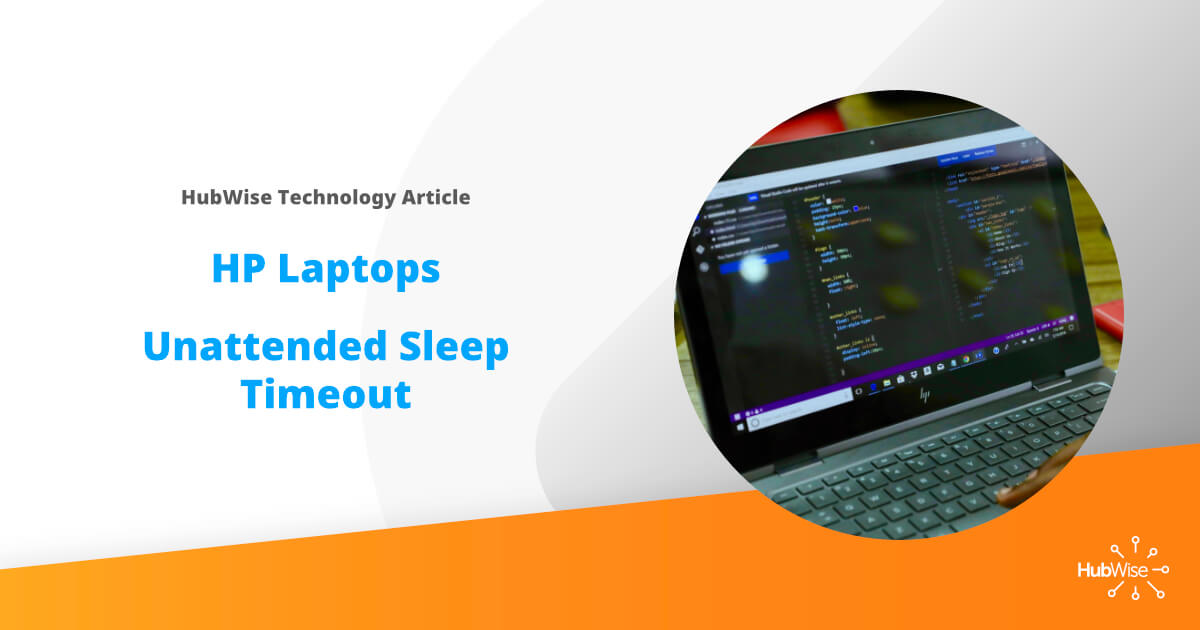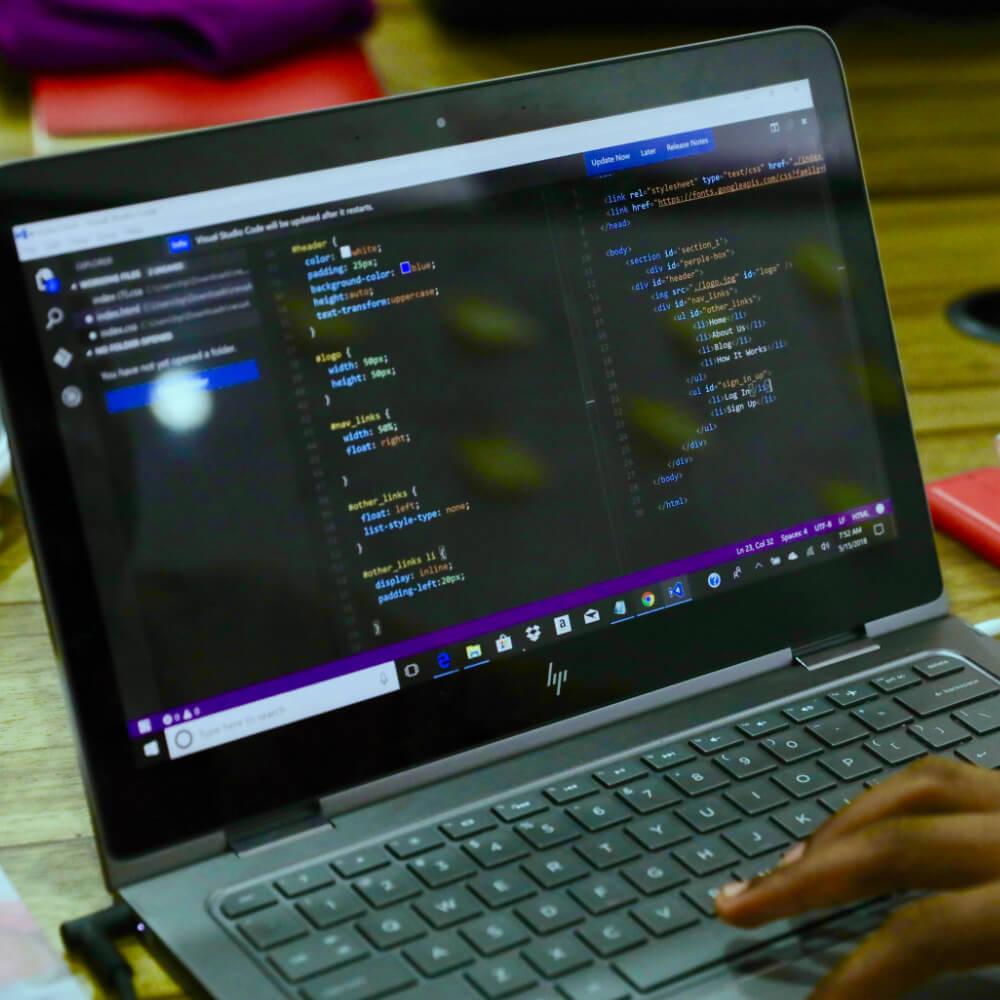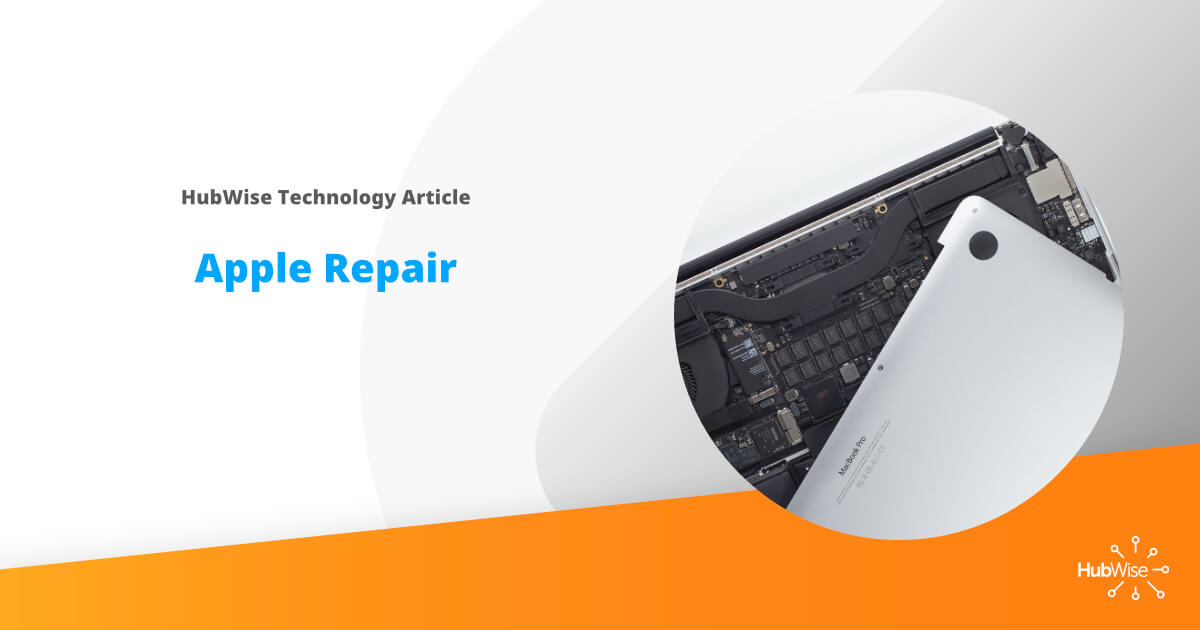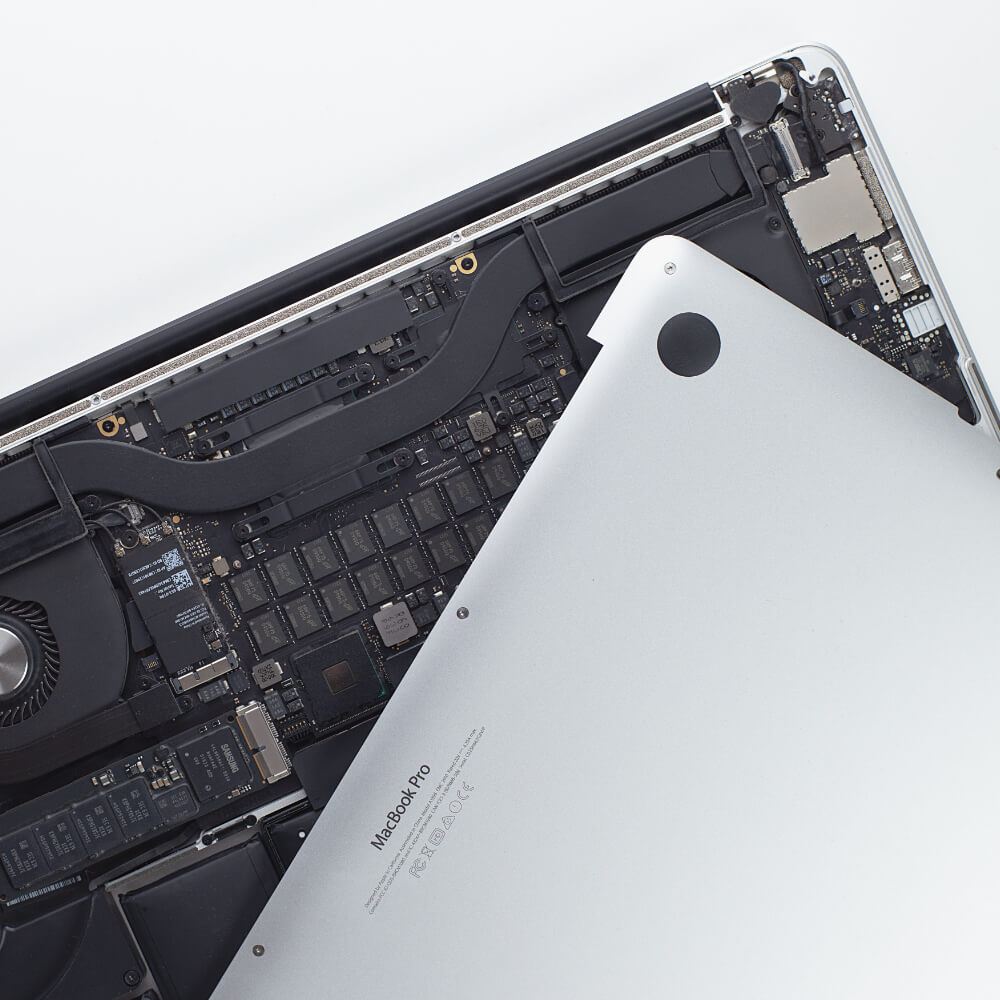Attacking the Coronavirus outbreak with Artificial Intelligence and Machine Learning
As the spread of the coronavirus (COVID-19) has a larger impact globally, Artificial Intelligence (AI) and Machine Learning (ML) are being used to combat the spread of this deadly disease.
Several startup companies were able to predict that a new virus outbreak had started prior to the release of any information by government officials in China. This data analytics search is run by artificial intelligence and utilizes machine learning by scrapping data from across the web, including social media, health advice websites, physician ran community websites and other data points. AI and ML are used to scan this vast trove of data to look for and recognize patterns and commonalities in specific areas. With this data, minus information from social media, BlueDot was able to predict the outbreak prior to any release of this information. BlueDot was also able to predict the outbreak of SARS in 2017 successfully and as the technology advances, they and companies like them, will be able to predict outbreaks even easier and more accurately soon.
After the spread is predicted, what role does AI and ML play? Currently the main function is tracking and predicting real and potential spread patterns. Where AI and ML are most usefully, other than the ability to sift through this huge amount of data, is the ability to distinguish between data points about the coronavirus and associated symptoms and data points that specifically refer to someone that has these symptoms. Using similar data mining techniques that are used to predict outbreaks, data scientists, using Geographic Information Systems (GIS) technology can accurately map where the current outbreak has spread to and will continue to spread.
While AI and ML have been used to predict the outbreak and to track the spread of the virus, its next use will be in helping to create a cure or preventative for coronavirus.
Currently tech companies in China are deploying applications that can track and accurately map where those that have been in contact with Coronavirus have been and find other potential outbreak locations using this information. They are using phone GPS data, train passenger lists, flight information and other data from mass transit to verify where infected people have traveled to prior to them being placed in quarantine. Prior to the current advances in AI and ML collating all this data would be a task that could not be undertaken effectively.
While AI and ML have been used to predict the outbreak and to track the spread of the virus, its next use will be in helping to create a cure or preventative for coronavirus. Insilico Medicine, a Hong Kong-based start-up, has allowed partial access to its database of drug compounds to global pharmaceutical companies, in the hope of finding a cure quickly for Covid-19. Insilico believes by showing their algorithms that were designed by their data scientists, it can design new drug compounds quicker than current methods used by the pharmaceutical industry.
Using AI and ML in four days they were able to design new drug compounds that did not exist prior to, that they believe can combat this outbreak that the same techniques can be used to quickly fight any future disease outbreaks. While AI and ML are still new technologies, the advances made are currently being used to fight this deadly outbreak and will continue to be critical to combat this and other outbreaks in the future.
If you are interested in learning how HubWise Technology uses AI to manage our customers networks, please contact us at (402)339-7441 or jmoen@hubwisetech.com
